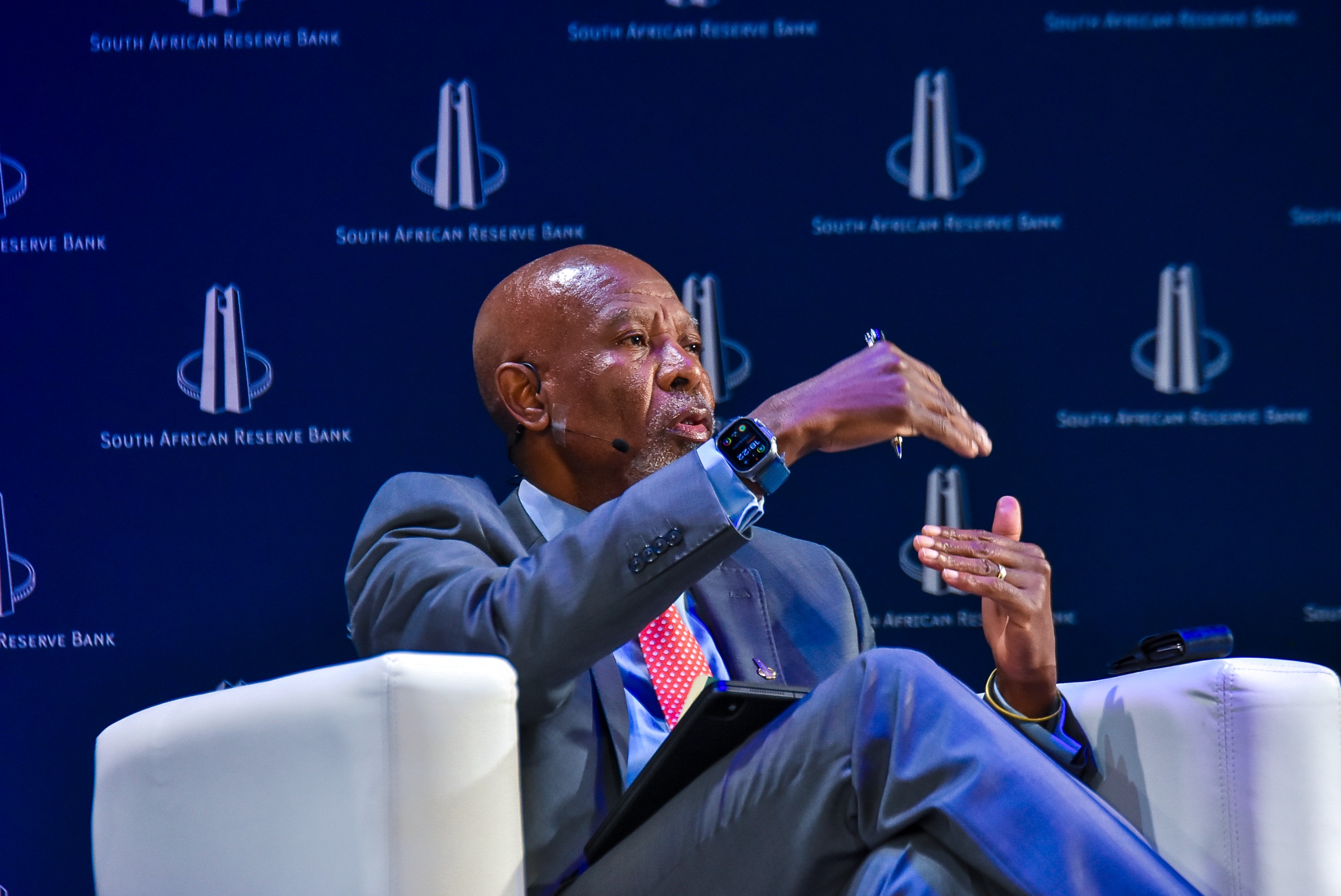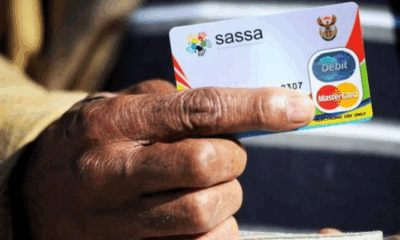Business
Stronger Rand Boosts South Africa’s Trade Balance: What It Means for the Economy

If you’ve been watching the rand lately, you’ve probably noticed it’s holding firm — comfortably below R18 to the US dollar for weeks now. That steady performance isn’t just good news for travellers or shoppers. It’s playing a crucial role in helping South Africa close the gap between what it sells abroad and what it buys.
The Trade Surplus Tightens, What’s Happening Under the Hood?
Earlier this year, the South African Reserve Bank (SARB) revealed that the country actually exported more than it imported in the first quarter of 2025. That’s a significant shift, considering the challenges the economy has faced over recent years.
The trade surplus shrank slightly by about R5.2 billion , because imports rose faster than exports in value. But both imports and exports grew, fueled by higher volumes and prices. Put simply, South Africa is selling more goods and services overseas, but also bringing in more products from abroad.
Why the Rand’s Strength Matters
The rand’s improved position, hovering under R18 to the dollar since mid-April, makes South African goods cheaper and more attractive on international markets. This helps local exporters compete globally, pushing up export earnings in rand terms.
For importers, a stronger rand makes foreign products less costly, which partly explains why imports have also increased. The balance here is delicate, but so far, the boost to exports has helped shrink the trade deficit.
Narrowing the Current Account Gap
The current account deficit essentially the net money flowing out of the country narrowed by R3.7 billion compared to the previous quarter. This is thanks not only to exports but also to increased income from investments abroad, foreign aid inflows, and services sold to other countries.
While the deficit still stands at 0.5% of GDP, it’s steady compared to the previous quarter and better than the historic lows seen not long ago. For context, South Africa last had a positive current account balance back in late 2023.
A Closer Look at Services, Income, and Transfers
The deficits on the services and income accounts shrank, which means South Africa earned more from services like tourism, financial services, and investments abroad. Meanwhile, transfers which include money sent out of the country grew slightly, but not enough to offset the gains.
As a result, the overall deficit in these areas tightened a bit, from 3.6% of GDP to 3.5%, signalling slow but steady progress.
What This Means for Everyday South Africans
For many South Africans, a stronger rand can mean more affordable imported goods from electronics to fuel, easing some pressure on household budgets. It also hints at healthier trade relationships, which support jobs in sectors like manufacturing, logistics, and export services.
On social media, conversations reflect cautious optimism. Some celebrate the rand’s resilience amid global uncertainty, while others remind us that external factors like global commodity prices and geopolitical tensions could still shake things up.
The Bigger Picture: Lessons and Next Steps
South Africa’s economy is no stranger to cycles of ups and downs, and trade balances can swing with global trends. This latest data shows the importance of currency stability and diversified exports in keeping the economy afloat.
But the journey isn’t over. To turn these positive signs into lasting growth, policymakers will need to continue focusing on strengthening export sectors, encouraging investment, and managing inflation and exchange rate volatility.
A stronger rand is more than just a number on the forex board — it’s a lifeline for South Africa’s trade and economic health. As the country navigates global uncertainties, this subtle shift could be the foundation for a more resilient economy that benefits businesses and families alike.
{Source: IOL}
Follow Joburg ETC on Facebook, Twitter , TikTok and Instagram
For more News in Johannesburg, visit joburgetc.com



























